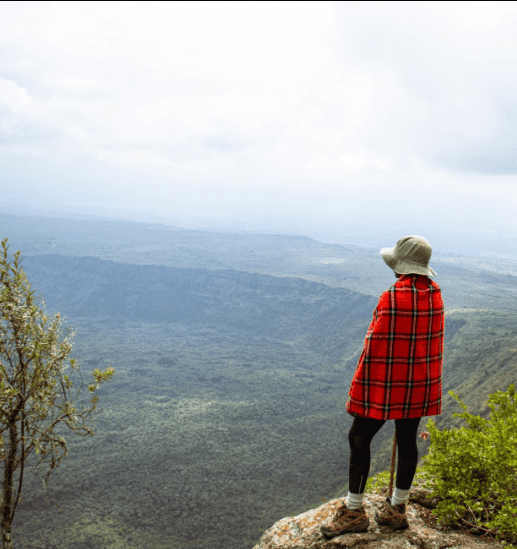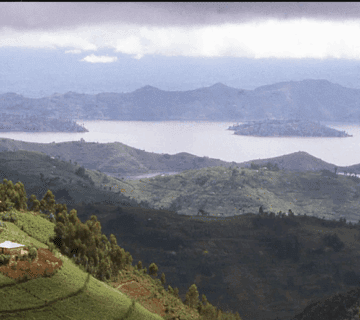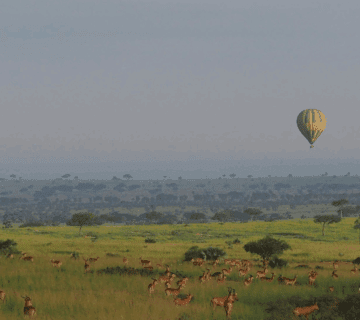How to Avoid Altitude Sickness While Hiking in East Africa
Hiking in East Africa is a dream for many adventurers. With towering peaks like Mount Kilimanjaro, Mount Kenya, and the Rwenzori Mountains, the region offers some of the most breathtaking high-altitude treks in the world. However, with great elevation comes a significant challenge: altitude sickness. Also known as acute mountain sickness (AMS), this condition can turn an exhilarating adventure into a dangerous ordeal if not properly managed.
The good news? Altitude sickness is preventable. With the right preparation, awareness, and precautions, you can conquer East Africa’s majestic peaks while staying safe and healthy. In this comprehensive guide, we’ll explore everything you need to know about avoiding altitude sickness, from understanding its causes to practical tips for a successful and enjoyable hike.
Understanding Altitude Sickness
Before diving into prevention strategies, it’s crucial to understand what altitude sickness is and why it happens. At high elevations, the air becomes thinner, meaning there’s less oxygen available. When your body doesn’t get enough oxygen, it struggles to function normally, leading to symptoms like:
-
Headaches
-
Nausea or vomiting
-
Dizziness
-
Fatigue
-
Shortness of breath
-
Loss of appetite
-
Difficulty sleeping
In severe cases, altitude sickness can progress to life-threatening conditions like High Altitude Pulmonary Edema (HAPE) or High Altitude Cerebral Edema (HACE). The key to avoiding these dangers is proper acclimatization and smart hiking practices.
1. Choose the Right Trek and Pace Yourself
One of the biggest mistakes hikers make is rushing their ascent. The faster you climb, the higher your risk of altitude sickness. East Africa’s most popular peaks, like Kilimanjaro (5,895m) and Mount Kenya (5,199m), require a gradual approach.
Opt for Longer Routes
Many tour operators offer different routes with varying durations. For example, Kilimanjaro has several paths, including:
-
Marangu Route (5-6 days) – Known as the “Coca-Cola” route, it’s the fastest but has a lower success rate due to rapid ascent.
-
Machame Route (6-7 days) – The “Whiskey” route is more challenging but allows better acclimatization.
-
Lemosho Route (7-8 days) – A scenic and gradual climb with higher success rates.
Choosing a longer route gives your body more time to adjust, significantly reducing the risk of altitude sickness.
Follow the “Climb High, Sleep Low” Principle
This golden rule of high-altitude hiking means you should ascend during the day but descend to sleep at a lower elevation. This technique helps your body adapt to decreasing oxygen levels gradually.
2. Stay Hydrated and Eat Well
Dehydration worsens altitude sickness, so drinking plenty of water is non-negotiable. At high altitudes, you lose fluids faster due to increased breathing rate and dry air.
Hydration Tips:
-
Drink at least 3-4 liters of water daily.
-
Avoid alcohol and caffeine, as they contribute to dehydration.
-
Carry a reusable water bottle or hydration bladder.
Nutrition Matters
Your body burns more calories at high altitudes, so fueling properly is essential. Focus on:
-
Carbohydrates (for quick energy)
-
Proteins (for muscle recovery)
-
Electrolytes (to prevent cramps and fatigue)
3. Acclimatize Properly
Acclimatization is the process of letting your body adjust to lower oxygen levels. Some hikers ignore this, thinking they can push through—only to end up with severe altitude sickness.
How to Acclimatize Effectively:
-
Spend a few days at moderate altitudes before ascending (e.g., stay in Moshi or Arusha before Kilimanjaro).
-
Take rest days during your hike to allow your body to catch up.
-
Listen to your body—if you feel symptoms, don’t push higher.
4. Recognize the Symptoms Early
Ignoring early signs of altitude sickness can be dangerous. If you or a teammate experience:
-
Persistent headache
-
Nausea
-
Extreme fatigue
-
Confusion
Stop ascending immediately. Descending even a few hundred meters can make a huge difference. Many hikers have had to turn back, but it’s always better to be safe than sorry.
5. Consider Medication (If Necessary)
While natural acclimatization is best, some hikers use medications to prevent altitude sickness. The most common is Diamox (Acetazolamide), which helps your body adjust faster.
Important Notes on Medication:
-
Consult a doctor before taking any medication.
-
Diamox is not a substitute for proper acclimatization.
-
Side effects may include tingling fingers or frequent urination.
6. Train Before Your Hike
Physical fitness won’t prevent altitude sickness, but it will make the climb easier. Focus on:
-
Cardio workouts (running, cycling, stair climbing)
-
Strength training (especially legs and core)
-
Hiking with a weighted pack to simulate trek conditions
7. Dress Appropriately for Changing Conditions
East Africa’s mountains have extreme weather shifts—freezing nights and scorching days. Proper layering helps regulate body temperature, reducing stress on your system.
Essential Gear:
-
Moisture-wicking base layers
-
Insulating mid-layers (fleece or down)
-
Waterproof outer shell
-
Warm gloves and a beanie
8. Travel with an Experienced Guide
A knowledgeable guide can make or break your hike. They’ll:
-
Monitor your health for altitude sickness symptoms.
-
Adjust the pace as needed.
-
Provide emergency assistance if required.
Never attempt high-altitude hikes alone—having a professional team ensures safety.
9. Mental Preparation: Stay Positive and Patient
Hiking at high altitudes is as much a mental challenge as a physical one. Stress and anxiety can worsen altitude sickness, so:
-
Stay calm and breathe deeply.
-
Take it one step at a time.
-
Celebrate small milestones.
Respect the Mountain, Enjoy the Journey
East Africa’s peaks are awe-inspiring, but they demand respect. Altitude sickness is a real threat, but with the right preparation, you can minimize risks and fully enjoy the adventure.
Remember:
✔ Ascend slowly—your body needs time.
✔ Hydrate and eat well—fuel your climb.
✔ Listen to your body—don’t ignore warning signs.
✔ Train and prepare—fitness helps, but acclimatization is key.
By following these steps, you’ll not only avoid altitude sickness but also create unforgettable memories on some of the world’s most magnificent trails. The mountains will always be there—prioritize your health, and you’ll stand on the summit stronger and wiser.
Happy hiking! �⛰️



